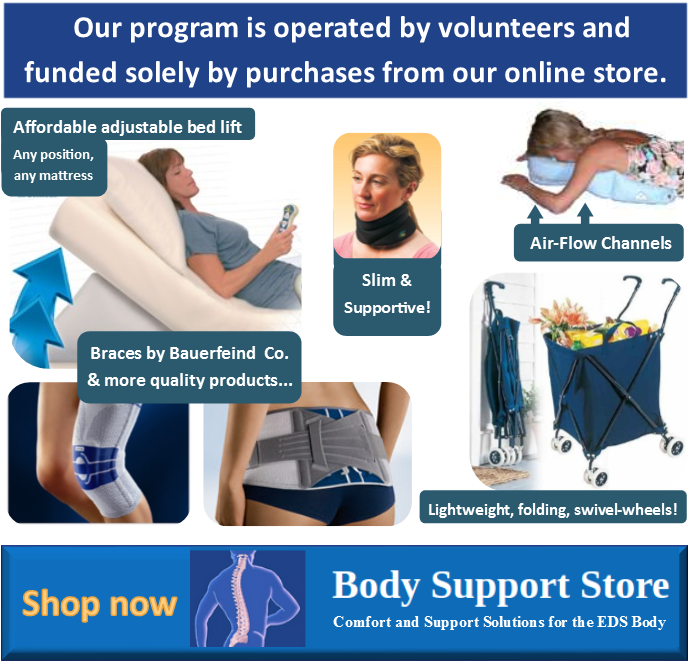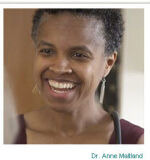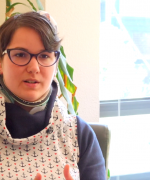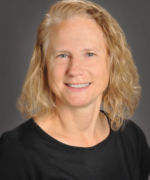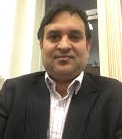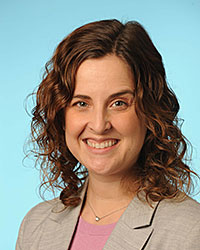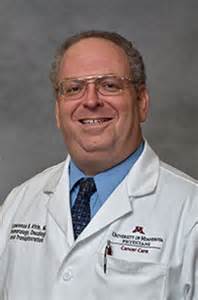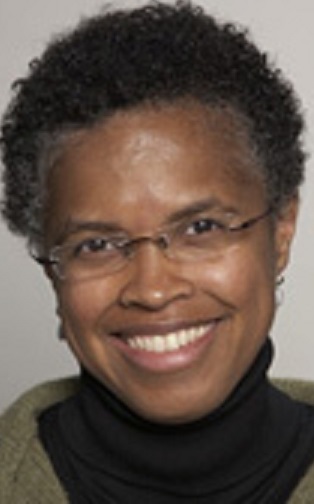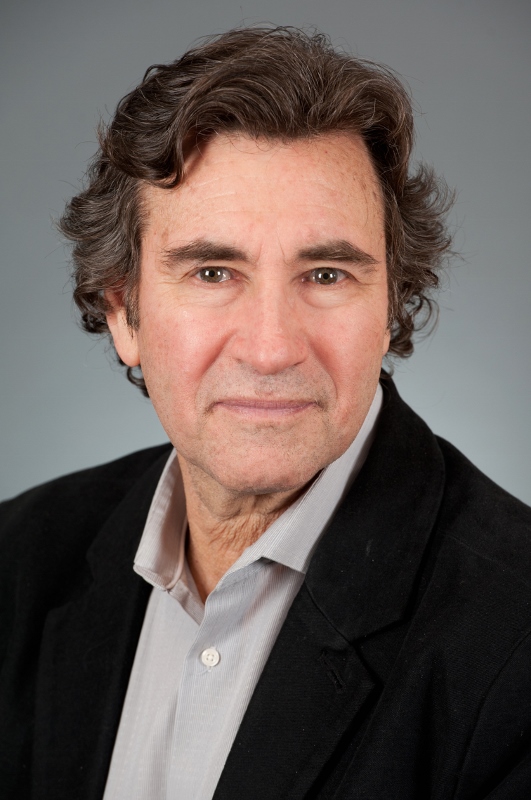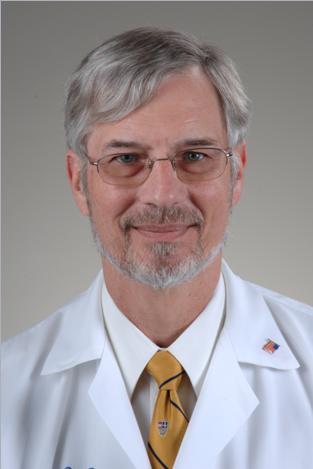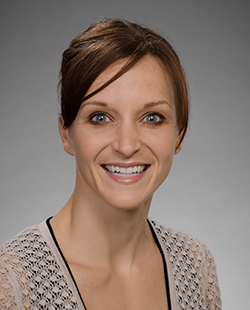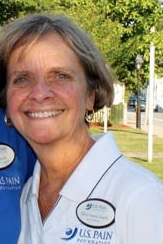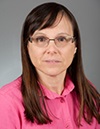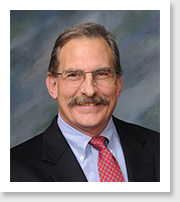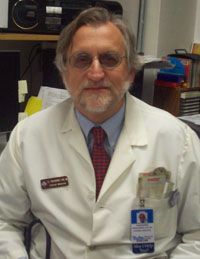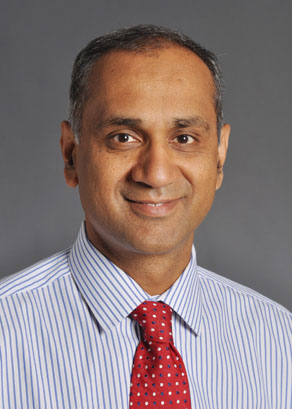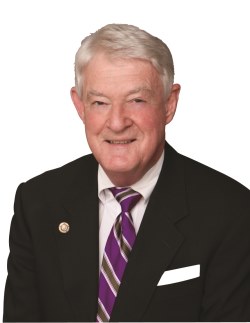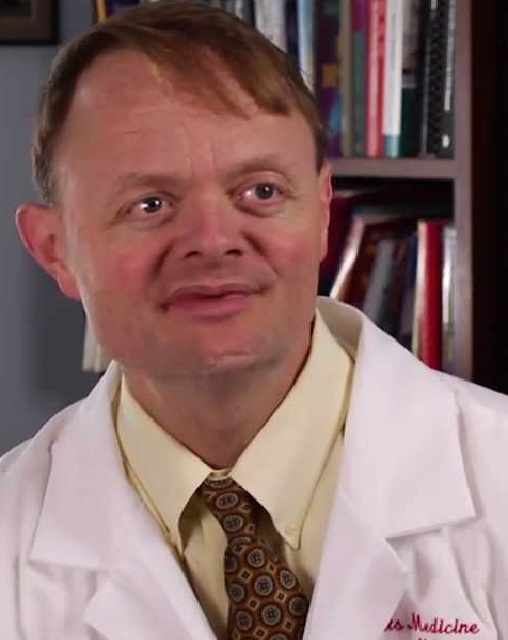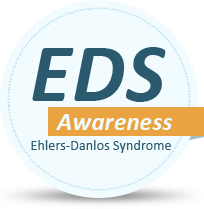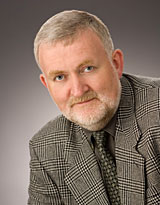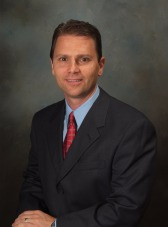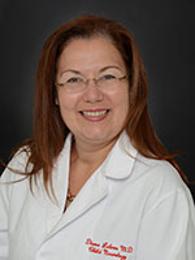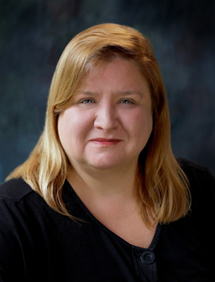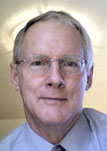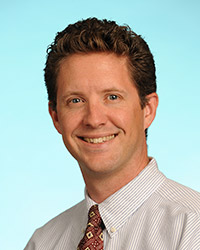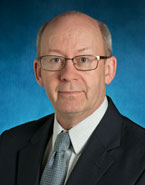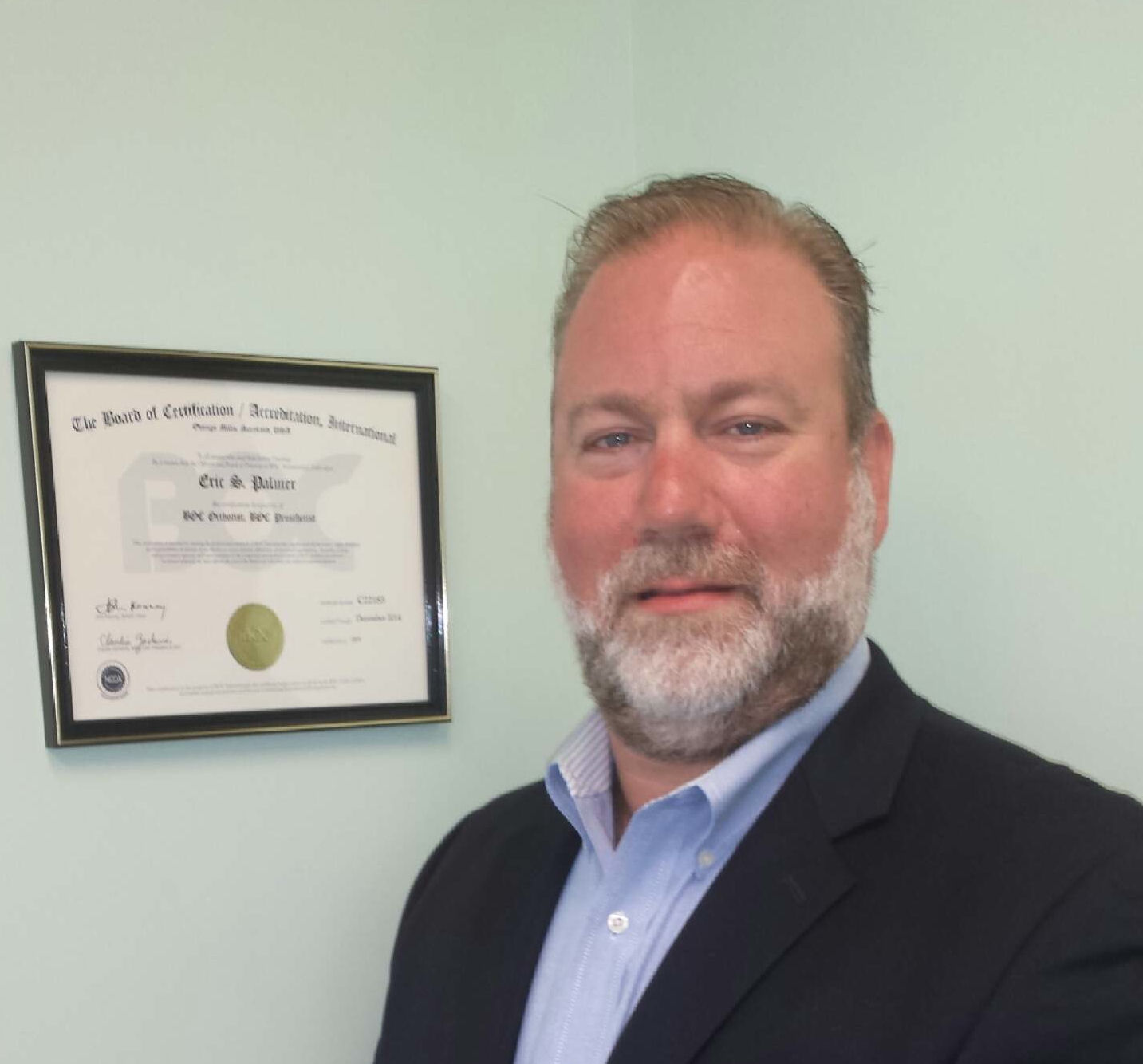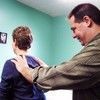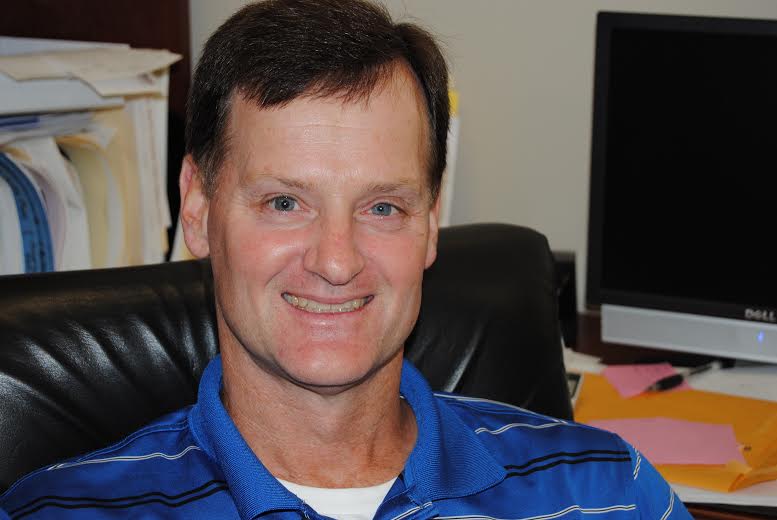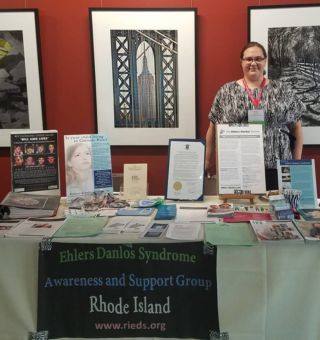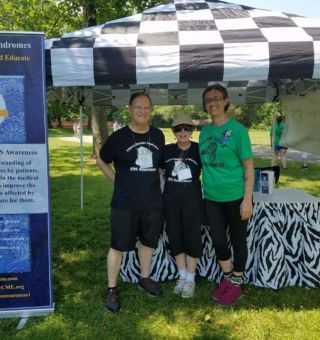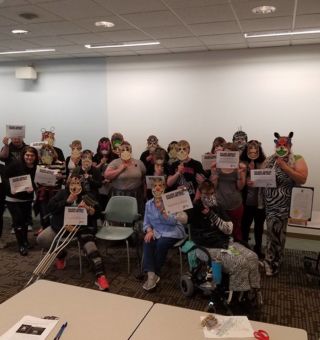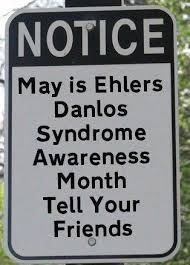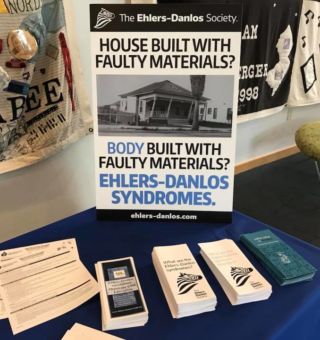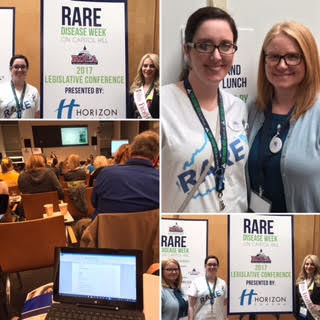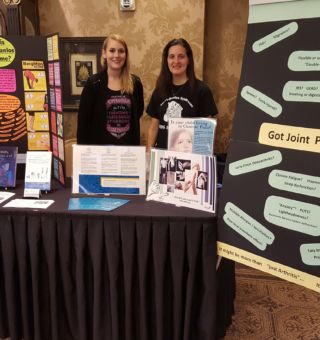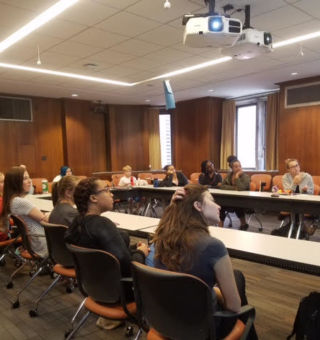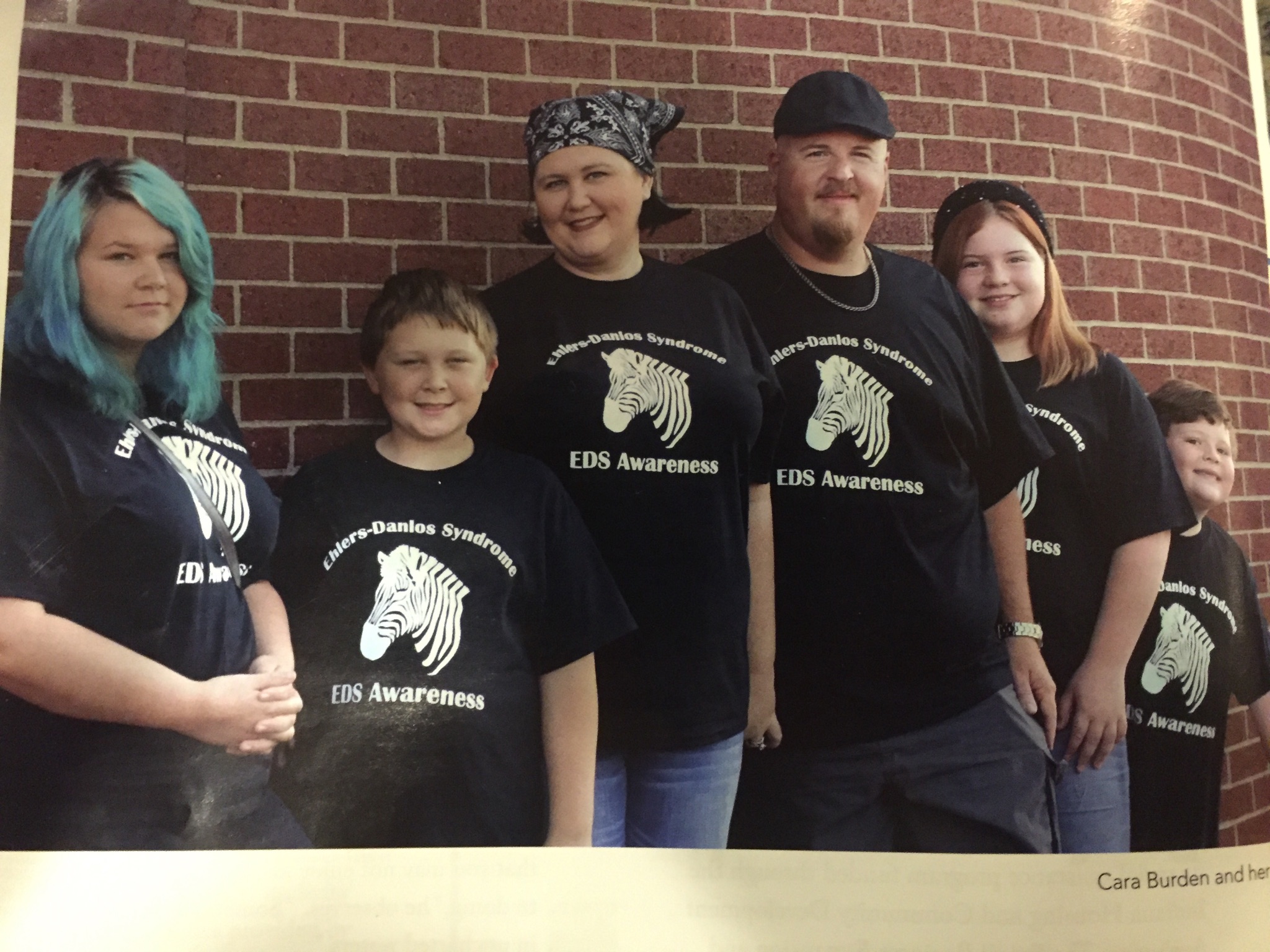Mastering Appointments Successfully with EDS
Content:
- Becoming a Professional Patient: Why is it Necessary?
- Medical Gaslighting
- Challenges for Medical Professionals and Consequences in Patient Care
- Becoming the Professional Patient
- Before the Appointment
- During the Appointment with Practical Examples
- After the Appointment
Becoming a Professional Patient: Why is it Necessary?
When living with a rare condition like Ehlers-Danlos syndrome (EDS), it is essential to become an active participant in managing your health as a patient because most doctors have little knowledge about EDS. At the same time, the healthcare system is not designed to treat complex and chronically ill people, so doctors often have limited to no time to learn about EDS. As a result, patients have to take on many responsibilities in their own care to achieve the best possible quality of life. With a multitude of appointments, it can be easy to lose track, while at the same time, various hurdles have to be overcome before, during, and after the appointment. In the following text, you will learn about these challenges and how to navigate through appointments successfully as a patient.
Medical Gaslighting
“…it’s all in your head.”
Most affected individuals are familiar with this phrase. It is one of the most common remarks encountered by EDS patients during medical appointments when they present their extensive lists of symptoms that are primarily invisible. Hearing this repeatedly can make them question their own perception, their own reality. This is called medical gaslighting.
What is Medical Gaslighting?
- Gaslighting is a form of manipulation that calls into question the perception and reality of those affected.
- Medical gaslighting is often used in the context of power imbalance, dependency in relationships, and gender, such as in the interaction between male doctors and their female patients.
- Patients with complex conditions like the Ehlers-Danlos syndromes often report experiences of gaslighting.
- There is limited research on gaslighting, its causes, and its consequences, but the described consequences for patients range from anxiety related to medical appointments to PTSD.
Every person with EDS is familiar with medical gaslighting. In 2022, “gaslighting” was even named the word of the year by Merriam-Webster, with a 1,740 % increase in searches! Looking up #MedicalGaslighting on social media yields a large number of results at any given time. People affected by conditions such as ME/CFS, long COVID, EDS, or fibromyalgia often share negative experiences with doctors there.
How does medical gaslighting occur?
Gender Bias:
All the aforementioned conditions share that they predominantly affect women, often young women. And those are most commonly affected by medical gaslighting. In technical terms, this is referred to as gender bias. There are various studies on gender bias. Its existence has been a well-known fact for a long time, but it is rarely addressed in the medical field. For example, one study showed that women with abdominal pain in the emergency room had to wait longer for treatment and were less likely to be prescribed opioids compared to men. Apart from gender bias, there are many other biases based on attributes such as religion, sexual orientation, ethnicity, and many more. In general, the more intersections a person unites, the more challenges they face, not only in the context of healthcare.
Invisible Illness:
Another reason for gaslighting is the prevailing assumption that symptoms that cannot be seen cannot be real. Society often believes only what they can see, and doctors are not exempt from this misconception. People with invisible illnesses or disabilities are often not perceived as being sick by healthcare professionals because they outwardly appear to be healthy. This is true in their personal lives as well. Individuals with invisible illnesses and disabilities constantly experience gaslighting in all areas of their daily lives.
Rare/Poorly Understood Disease:
Moreover, these are all diseases that are either rare, poorly understood, or not well-known, or for which we do not know a clear cause (yet), and they are quickly dismissed as “it is all in your head.” Conditions like ME/CFS, which do not have an easily identifiable cause or diagnostic marker, or hEDS, for which we do not yet know the genetic cause(s), are often dismissed and not accepted as physical illnesses.
Since the aforementioned diseases primarily affect women and mainly present with invisible symptoms, the intersection of gender bias, the invisibility of the disease, and the fact that it is a rare, complex, poorly understood disease all contribute to experiences of gaslighting in almost all affected individuals.
What are the consequences of medical gaslighting?
Gaslighting and biases in medicine have particularly severe consequences:
- They prolong the time until a correct diagnosis is reached: It takes 14 years for half of the individuals affected to receive an EDS diagnosis.
- They result in misdiagnoses: 56% of all EDS patients receive one or more misdiagnoses. With a previous psychological misdiagnosis, it takes up to 22 years to reach a correct diagnosis.
- They lead to misdiagnoses and mistreatments, resulting in (permanent) physical and psychological harm.
- They lead to a loss of trust in healthcare professionals and subsequent avoidance of further disappointment and appointment avoidance.
- As a consequence, there is a lower quality of life, poorer health, and isolation.
Challenges for healthcare professionals
For patients, it is crucial to also understand the perspective of the people sitting across from them: their healthcare providers. Only then can a respectful collaboration succeed. Healthcare professionals are human beings and, like their patients, bring their personal experiences into the appointment. If both sides understand each other’s perspectives, a long-term exchange on an equal footing can be achieved.
Challenges for healthcare professionals can include:
Doctors in the United States face several challenges in providing patient care, particularly when it comes to rare diseases. Here are some of the challenges they may encounter:
- The healthcare system is designed to treat acute illnesses, not chronic illnesses.
- Doctors don’t have enough time: For genetic counseling in EDS, for example, a minimum of one hour is needed (plus an additional 2 hours for test results). Additionally, EDS patients may be complex, traumatized patients with multiple comorbidities, which makes history-taking difficult, and it takes a lot of time to build trust.
- Lack of awareness and knowledge: Rare diseases often have limited research and information available, making them unfamiliar to many healthcare professionals. Doctors may not have adequate training or exposure to diagnose and treat rare diseases effectively. Specialists are becoming increasingly specialized, and interdisciplinary collaboration is lacking.
- Limited treatment options: Many rare diseases lack specific treatments or approved medications. This can leave doctors with limited options to offer their patients, leading to a sense of helplessness and frustration.
- Financial constraints: The costs associated with diagnosing and managing rare diseases can be substantial. Diagnostic tests, consultations with specialists, and potentially expensive treatments may not always be covered by insurance or accessible to all patients. This can create financial burdens for both patients and healthcare providers.
- Limited research and clinical trials: Rare diseases often have limited research funding and fewer opportunities for clinical trials. This hampers the development of new therapies and advancements in the field, making it challenging for doctors to offer cutting-edge treatments to their patients.
- Emotional support: Dealing with a rare disease can be emotionally challenging for patients and their families. Doctors may struggle to provide adequate emotional support and guidance due to time constraints, lack of resources, or limited understanding of the unique psychological and social aspects associated with rare diseases.
Addressing these challenges requires increased awareness, improved medical education, enhanced collaboration among healthcare providers, increased funding for research, and better access to specialized care. Additionally, building strong patient-doctor relationships based on trust, empathy, and effective communication can significantly improve the quality of care for individuals with rare diseases.
Consequences
The combination of the factors above leads to healthcare professionals having little motivation to care for complex, chronically ill individuals. This dissatisfaction affects both patients and their healthcare professionals. If there is a lack of understanding on one or both sides, misunderstandings can quickly arise. But what can we, as patients, do to improve the situation?
Becoming a professional patient
To navigate through a medical appointment successfully, it is crucial to plan step by step to stay organized.
Before the appointment:
- Finding experts
Finding experts is likely the most challenging part since there are usually only one or a few experts for a specific comorbid condition. The waiting times are often long. That’s why researching before the appointment is essential. You don’t want to wait for half a year only to realize that you’re not seeing the best possible doctor.
There are various ways to find experts:
- Internet Search: However, this can be challenging in the context of rare diseases because often, the doctor’s website doesn’t indicate whether they have experience with EDS.
- Organizations and support groups: For example, the EDS Society has a list of doctors on their website.
- Physician review websites: Review platforms are useful for getting an overview of other patients’ opinions about doctors.
- Disease forums/online support groups: Interacting with other affected individuals can be helpful, but be cautious: opinions are subjective, and preferences for doctors can vary.
- Ask your primary care physician or other attending doctors: If you already have doctors experienced in EDS on board, they might know recommended colleagues.
- Scientific publications: If you’re searching for experts not only nationally but also internationally, scientific publications are very helpful. You can quickly find experts on all EDS-related topics among the authors.
- Prepare documents
- Ask if documents should be sent in advance: Some doctors prefer to review documents beforehand, while others do not. Find out their preference.
- Select only relevant records: This is crucial because chronically ill and complex patients have folders full of papers, but not every record is relevant. Focus on the ones pertinent to the specialist appointment.
- Prepare a brief summary (maximum 3-4 pages) including:
- Name and date of birth
- Emergency contact
- Diagnoses
- Main complaints (related to the appointment)
- Family medical history
- Surgeries
- Allergies
- Medications
- Previous treatments (related to the appointment) and their effectiveness
- Symptom diary (e.g., pain diary, dysautonomia diary, MCAS diary)
- Research the topic
- List the three most important topics you want to discuss
- List the five most important questions you want to have answered
- Other essential documents such as health insurance card, emergency documents, medical alert bracelet, etc.
- Logistics: Hotel, train, flight, international
- Train: Always book a seat on the train and allow at least 20 minutes for transfers
- Hotels: Inquire about patient housing; Hotwire sometimes offers good non-refundable deals; Booking.com often has deals that can be canceled shortly before the stay.
- Flight: Arrange wheelchair transport, priority boarding, and other assistance for people with invisible disabilities (e.g., sunflower lanyard in the UK, Denmark)
- International: Visa? Vaccinations? Financial buffer? Local emergency contacts? Security situation? Companion?
- Consider other factors like weather, infrastructure, menstrual cycle, etc.
During the Appointment
During the appointment, a lot can go wrong, so effective communication is crucial. In the following paragraphs, we are illustrating some situations and the challenges that may arise during appointments and how they can potentially be resolved.
The Situation: Patient Mustermann is at the dentist. She lives with Ehlers-Danlos Syndrome, upper cervical spine instability, and shows symptoms of temporomandibular joint dysfunction, including pain when chewing, permanent clicking noise in her jaw, and she cannot open her mouth when eating too much.
Situation 1:
[The patient places two folders and five books on the table, then sits down and immediately starts talking.]
Patient: Hi, so I have Ehlers-Danlos syndrome. You’ve probably never heard of it. That’s why I have all my medical records here for you to read over the next few weeks, and here are five books on the topic. It would be great if you could read them too.
Doctor: Uh, I’m not sure if I’ll have the time for that, but let’s start from the beginning. What are your symptoms?
Patient: Well, I’m pretty sure I have TMD, possibly triggered by my CCI. And basically, I need a doctor who initiates a therapy exactly as described in the books.
[Doctor looks puzzled]
Doctor: Maybe I should examine you first?
Patient: Well, if you must, but I’ve already laid out everything you need to know.
Doctor: I can’t work like this, unfortunately.
Where is the problem in this communication?
Resolution: Communication on an equal footing
- Yes, as patients, we often know more than our treating doctors. However, that cannot be assumed. Do not overwhelm the doctor with too much information.
- Especially during the first appointment, focus on the main complaints and the reason for the visit.
- Instead of telling the doctor what to do, politely and cautiously suggest ideas.
- Also, consider the doctor’s opinion.
- Working with doctors on an equal footing means both parties listen, respect each other’s opinions, and find compromises together.
How could the situation be resolved better?
Patient: Good morning; my name is Patient Mustermann, and I have Ehlers-Danlos syndrome and an instability of my upper cervical spine.
Doctor: I’ve heard of that before. What brings you here today?
Patient: Well, I constantly have pain in the jaw, especially when I chew or have to open my mouth wide. It hurts a lot. Also, it keeps making cracking sounds, and it feels like one side of the joint is slipping out. I think the symptoms match TMD quite well. What do you think?
Doctor: That sounds plausible. Let’s examine that in more detail.
[After the examination: The patient places some documents and a book on the table.]
Patient: I recently read this fascinating book by Dr. Mitakides. He specializes in the treatment of EDS, TMD, and CCI. It would be great if we could implement some of the ideas from the book if you find the time for it.
Doctor: Absolutely, I’d be happy to. Let’s schedule a follow-up appointment so that I have some time to familiarize myself with it.
Patient: That sounds great. Thank you!
Situation 2:
Patient: Good morning; my name is Patient Mustermann, and I have Ehlers-Danlos syndrome and an instability of my upper cervical spine. My primary care doctor referred me to you because I have symptoms of TMD.
Doctor: Can you describe in more detail what those symptoms are?
Patient: Well, I constantly have pain in the jaw, especially when I chew or have to open my mouth wide. It hurts a lot.
Doctor: Do you grind your teeth at night?
Patient: I’m not exactly sure. It’s possible, though.
Doctor: Have you been under a lot of stress recently?
Patient: Well, I’m chronically ill, so stress is part of my everyday life.
Doctor: Hmm, well, maybe a psychologist should also take a look at it. It could be related to stress and teeth grinding.
Patient [stands up]: Thanks, but no thanks. I’ve had more than enough of the “it’s all in your head” treatment. I’m here because of a physical problem. I don’t understand why doctors always immediately assume everything is psychosomatic, when there are countless books and studies on EDS, CCI, and TMD. But I’m sure you wouldn’t bother to look into those. Why would you? You already know everything better anyway.
Where is the problem in this situation?
Resolution: Giving each doctor a fresh chance
- Not every doctor has malicious intentions.
- Do not take out negative experiences with previous doctors on the next one.
- Learn to cope with past trauma: Find coping mechanisms.
- Understand that the new doctor may not know what we have experienced.
- Identify triggers and explain them to the other person.
- Do not reject psychiatric diagnoses outright. Categorically rejecting mental illnesses only further stigmatizes these conditions.
- Give each new doctor a fresh chance.
- Speak respectfully but honestly about wishes and fears.
So, how could we have resolved the situation better?
Patient: Good morning; my name is Patient Mustermann, and I have Ehlers-Danlos syndrome and an instability of my upper cervical spine. My primary care doctor referred me to you because I have symptoms of TMD.
Doctor: Can you describe in more detail what those symptoms are?
Patient: Well, I constantly have pain in the jaw, especially when I chew or have to open my mouth wide. It hurts a lot.
Doctor: Do you grind your teeth at night?
Patient: I’m not sure. It’s possible, though.
Doctor: Have you been under a lot of stress recently?
Patient: Well, I’m chronically ill, so stress is part of my everyday life. However, I would like to inform you that I have numerous coping mechanisms for my stress. I also have a great therapist who helps me deal with the challenges of daily life. Moreover, you should know that as EDS patients, we are often triggered when a doctor mentions the psychological aspect. We have been misdiagnosed for years or even decades, and because our symptoms are not visible and we look like young, healthy women, our EDS has often been misdiagnosed as psychosomatic. Therefore, it would be nice if we could focus on my physical symptoms of TMD during this appointment.
Doctor: Oh, that’s not what I meant at all. I am well aware that it is probably TMD, but in most cases, a multidisciplinary treatment approach makes a lot of sense. That includes involving a dentist, physical therapist, and possibly a therapist to positively influence teeth grinding. But if you are already receiving care in those areas, then I can certainly focus on my area of expertise.
Patient: Great, thank you!
Situation 3:
Patient: Good morning; my name is Patient Mustermann, and I have Ehlers-Danlos syndrome and an instability of my cervical spine. My primary care doctor referred me to you because I have symptoms of TMD.
Doctor: How does this instability in your cervical spine manifest?
Patient: Mainly through neurological symptoms, such as loss of function in the arms and legs, weakness, tingling, vision problems, coordination and balance issues, and many more.
Doctor: Do you have any imaging for that?
Patient: Yup, here’s the report. [Hands over the report]
Doctor: Well, this is another doctor who’s just after money and exploiting helpless patients like you. I assume you paid for this privately. You don’t want to have surgery, do you?
Patient: Well, if the symptoms worsen and become life-threatening, then eventually, yes, I will have surgery for it. And the likelihood of that happening seems quite high. I sought the opinions of three international experts on this.
Doctor: And they advised you to have surgery? I just don’t believe that. These American doctors are just out for money. They’re butchers.
Patient: Well, actually, they are very competent. But that’s not the reason why I’m here either.
Doctor: Then what do you want from me? Why don’t you go to one of those “experts”?
[Patient gets up and leaves]
What is the problem in this situation?
- Resolution: No solution
- In some situations, there is no solution.
- When a doctor is so set in their opinion and doesn’t listen to what the patient is saying, sometimes the only solution is to get up and leave.
- New doctor, new luck.
Situation 4:
Doctor picks up the phone and calls Patient Mustermann.
Doctor: Mrs. Mustermann, I feel like you caught me off guard during our last appointment.
Patient: Hm?
Doctor: I have done some further reading on your condition, and it seems that there is indeed a connection between EDS, CCI, and TMD. It actually makes a lot of sense.
Patient: Oh really? Is that so, hm?
Doctor: Yes, you’re right to make it difficult for me to have this conversation. I’m sorry for not taking your symptoms seriously.
Patient: I must say, I’m impressed that you can admit that. I don’t experience that often. Shall we start over?
Doctor: Absolutely.
Admittedly, such situations are rather rare, but when a doctor actually has the humility to apologize, one must also be able to forgive.
After the Appointment
After the appointment is before the appointment.
This means:
- Go through notes and filter out to-do tasks.
- Arrange follow-up appointments if necessary.
- Note any open questions for the next appointment.
- Check all documents provided: Are all prescriptions, referrals, etc., correct?
- Review the medical report; request corrections if there are errors.
- Consider seeking a second opinion if needed.
Life with EDS can feel overwhelming sometimes. Often, we have so many appointments and so much to organize that it might feel as if there is no life outside the illness. However, particularly during those times, it becomes even more important to be well-prepared for these appointments so that the time and effort invested are worthwhile! Of course, all the tips in the world cannot prevent individuals with EDS from having negative experiences with doctors because reevaluating and adjusting one’s own attitude does not necessarily mean that the other party will do the same. Nevertheless, the chances of success are higher when individuals with EDS appear at their appointments well-prepared, open-minded and communicate respectfully with their doctors.



